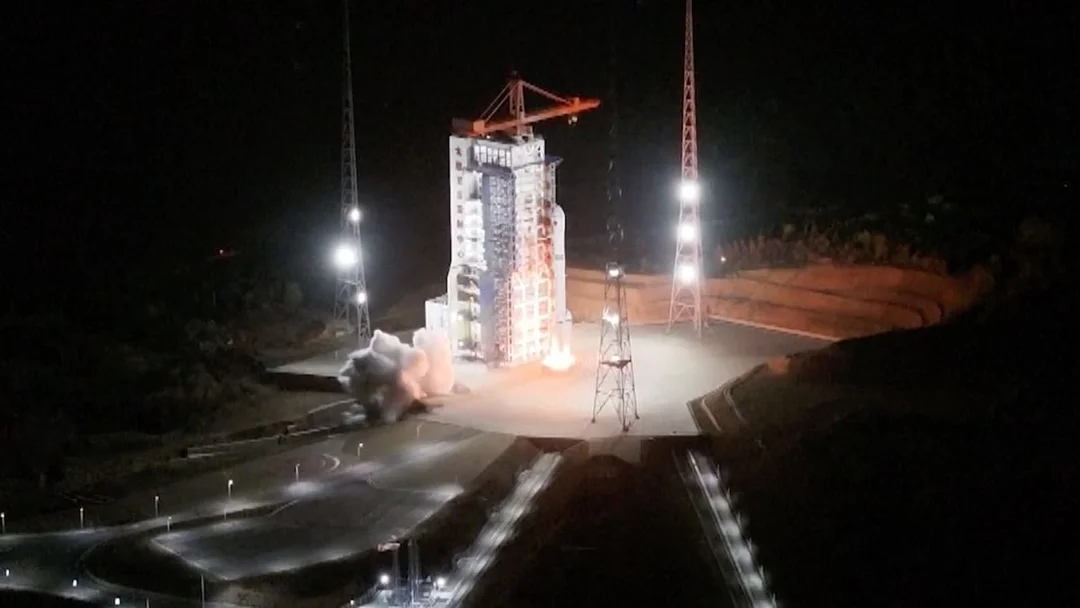
China Launches Ambitious Satellite Constellation: A Space-Based Supercomputer Race Begins
China has taken a significant leap in space technology by launching the first batch of satellites for its ambitious space computing constellation. This move signals a potential shift in how data is processed, moving away from traditional ground-based infrastructure towards in-orbit, real-time computing. Is this the beginning of a new era of space-based supercomputing, and what are the implications?
According to state-owned Guangming Daily, twelve satellites, each equipped with intelligent computing systems and inter-satellite communication links, were launched aboard a Long March 2D rocket from the Jiuquan Satellite Launch Centre. These satellites are part of the Three-Body Computing Constellation, a project spearheaded by Zhejiang Lab. 
The completed constellation aims to achieve a total computing capacity of 1,000 peta operations per second (POPS), rivaling even the most powerful ground-based supercomputers. For context, the El Capitan system at the Lawrence Livermore National Laboratory in California, considered the world’s most powerful last year, achieves over 1.72 quintillion operations per second. While El Capitan still leads, China's ambition is clear.
ADA Space, a commercial company involved in the project, revealed that the constellation will be capable of a combined 5 POPS with 30 terabytes of onboard storage initially. These satellites also boast advanced AI capabilities, up to 100 Gbps laser inter-satellite links, and remote sensing payloads, processing data directly in space.
One particularly noteworthy feature is the inclusion of a cosmic X-ray polarimeter developed by Guangxi University and the National Astronomical Observatories of the Chinese Academy of Sciences (NAOC). This instrument will detect, identify, and classify transient events like gamma-ray bursts, enabling follow-up observations by other missions and demonstrating the multi-faceted utility of this project.. ADA Space claims this is the world’s first dedicated orbital computing constellation.
This initiative is part of a larger “Star-Compute Program,” aiming to build a network of 2,800 satellites. This could meet the growing demand for real-time computing in space and establish China as a leader in space computing infrastructure. What implications could this have for strategic competition with the U.S.? 
Jonathan McDowell, a space historian and astronomer at Harvard University, noted that cloud computing in space is “very fashionable” given benefits of solar power and heat radiation. He anticipates similar deployments from the United States and Europe in the coming years showing this initiative is not a pipe dream. The launch highlights the growing convergence of AI, space technology, and cloud computing.
This launch is more than just a technological achievement; it signals a strategic move by China to dominate the future of space-based computing. Will other nations follow suit, and what challenges and opportunities lie ahead in this new space race? Share your thoughts in the comments below.